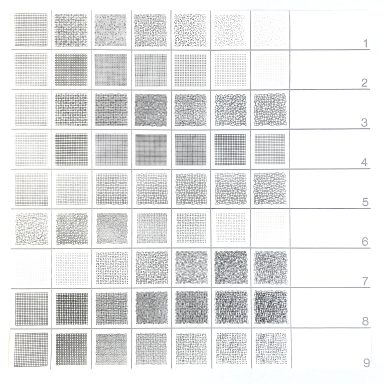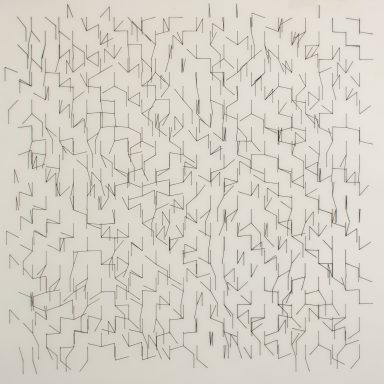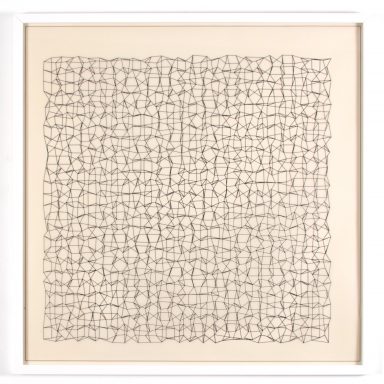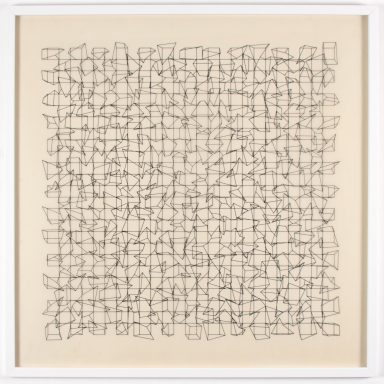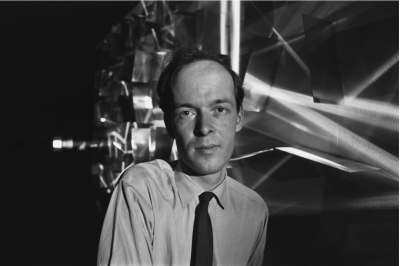
Basic Info
Name: Gerhard Von Graevenitz
Country of Origin: DE
Description
Gerhard Von Graevenitz, born in 1934, studied economics at Universität Frankfurt and fine art at Kunstakedemie München, before emerging as one of the most important kinetic and concrete artists in Europe during the early 1960s as a proponent of the New Tendencies and his close association with the avant-garde ZERO group. In 1961, he published a new magazine for poetry and fine arts, NOTA, which became a beacon for some of the leading proponents of concrete art and poetry, publishing work by the likes of Emmett Wiliams, John Cage, Heinz Mack, Pol Bury and Marcel Duchamp. In reaction to propaganda of WWII and the way in which art had been appropriated for political gain, Von Graevenitz became interested in the influence of chance in artistic creation. Phenomenon such as fire, corrosion and erosion were some of the random processes he explored before starting to link together geometrical elements using algorithms. One of the ways he achieved this was by casting dice to determine the position and size of elements in a drawing on a grid structure. Each grid square represented a probability field within the limits of which a point is randomly determined. For instance, a set of rectangles or triangles were set in rotation independently of each one thanks to the options specified by the algorithm on one hand and the chance that determined each respective combination. Carried out manually, this was a time consuming process and showed the artist working already like a machine in many ways. As early as 1962, he became aware of the possibilities of computer art in this line of investigation when he saw a mechanical plotter at the University of Stuttgart. The computer, he knew, would offer a wider range of possibilities. What could be done laboriously by the artist — the investigation of the vocabulary of chance — could be carried out with efficiency by the machine. Von Graeventiz’s rational aesthetic was tailored to the viewer. “An arrangement that is not recognizable as accidental is arbitrary,” he said. “Strictly speaking, this includes all so-called compositional art. In the past, people did not speak of arbitrariness but of intuition. The use of chance is an essential element in demystifying the creative process.” As one of the co-founders to the New Tendencies exhibitions in Zagreb, Von Graeventiz’s influence on what would later emerge as the first wave of digital art, has yet to be studied with any complexity. The influence of artists working like machines on artists who later worked with machines is another investigation that begs completion. Von Graeventiz died in a plane crash in 1983. His work is kept in many major institutions, including Tate Modern, Neue Nationalgalerie Berlin, and ZKM Karlsruhe.
(Photo by C. Maher/Express/Hulton Archive/Getty Images)


